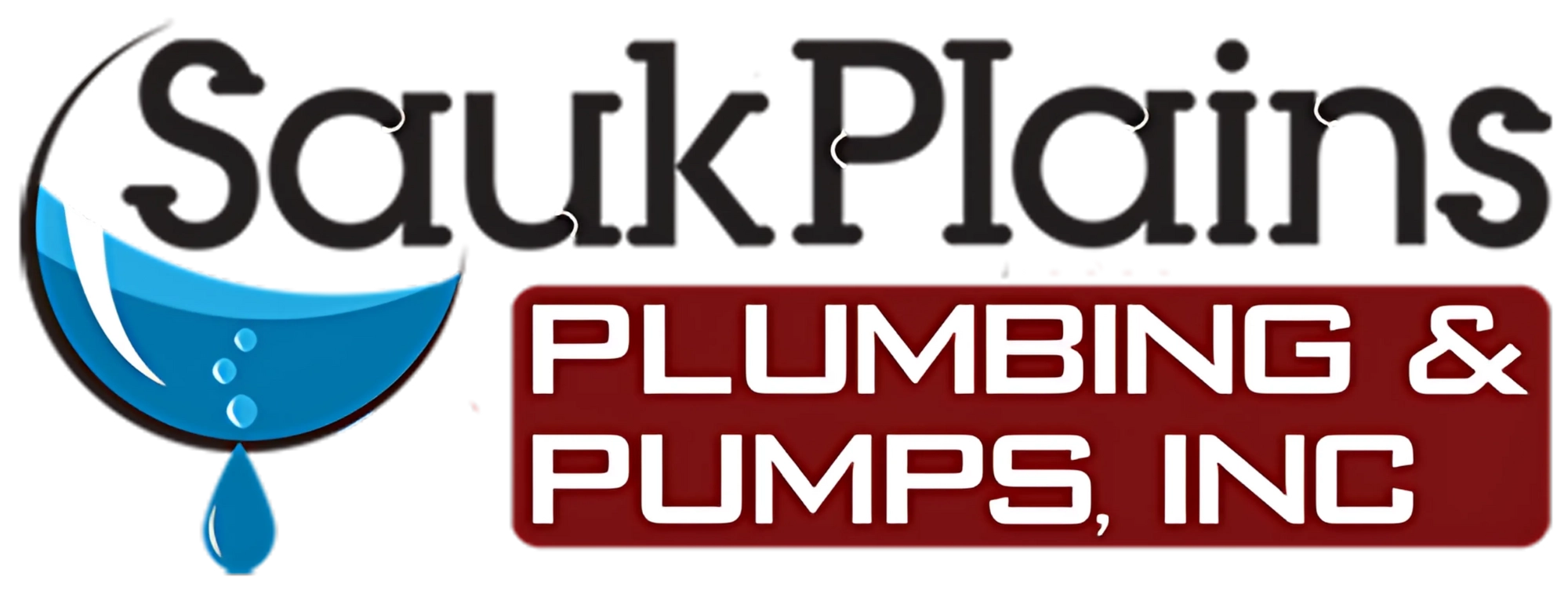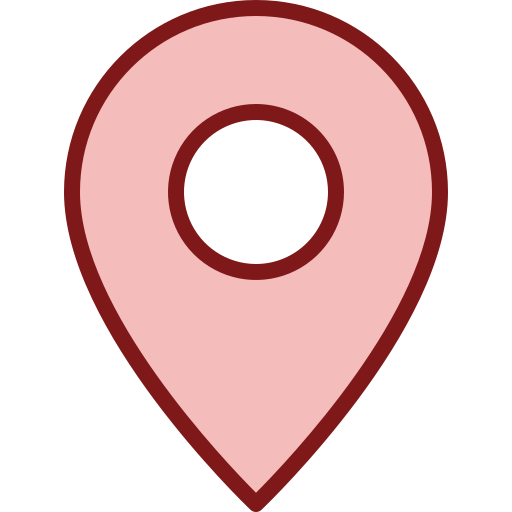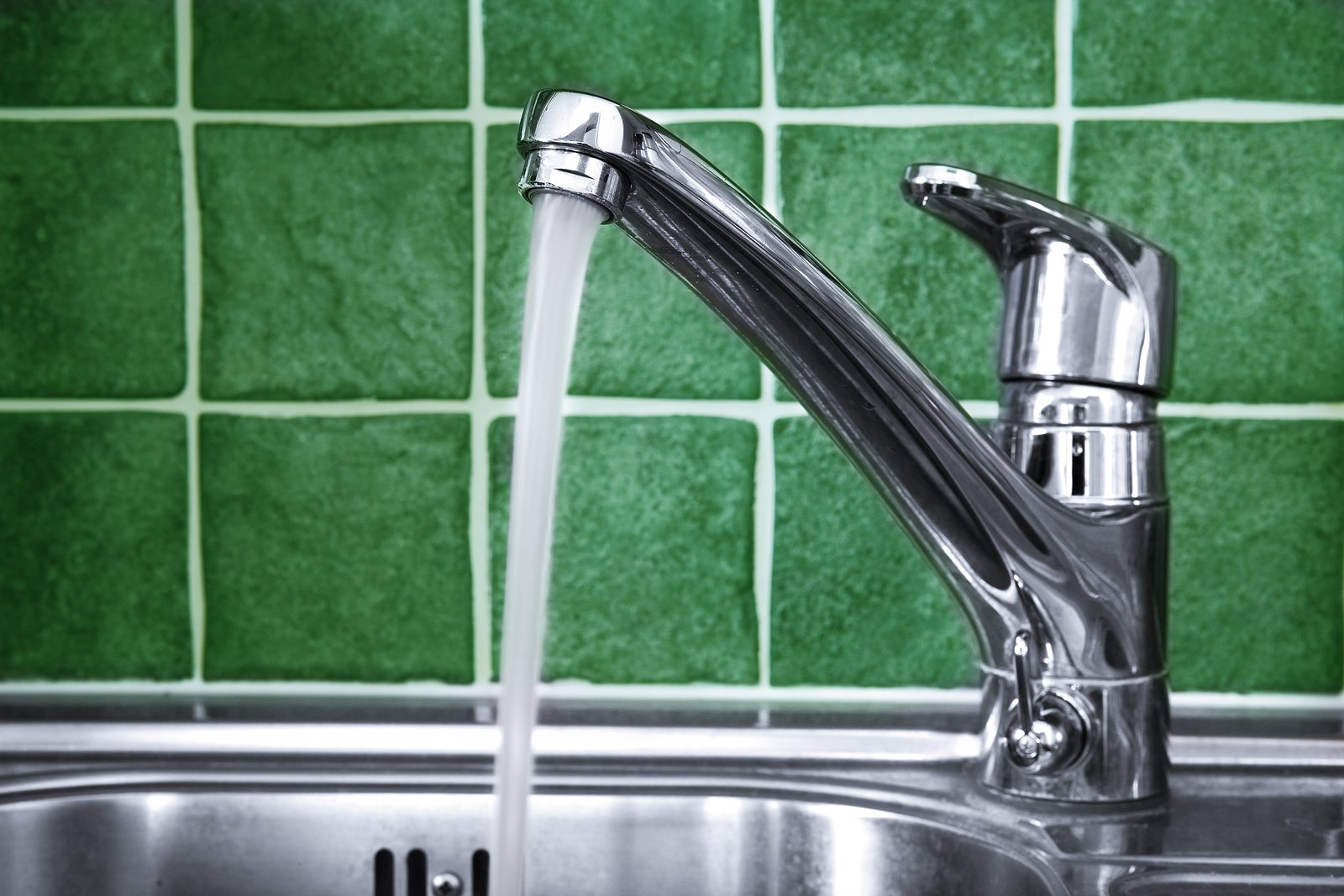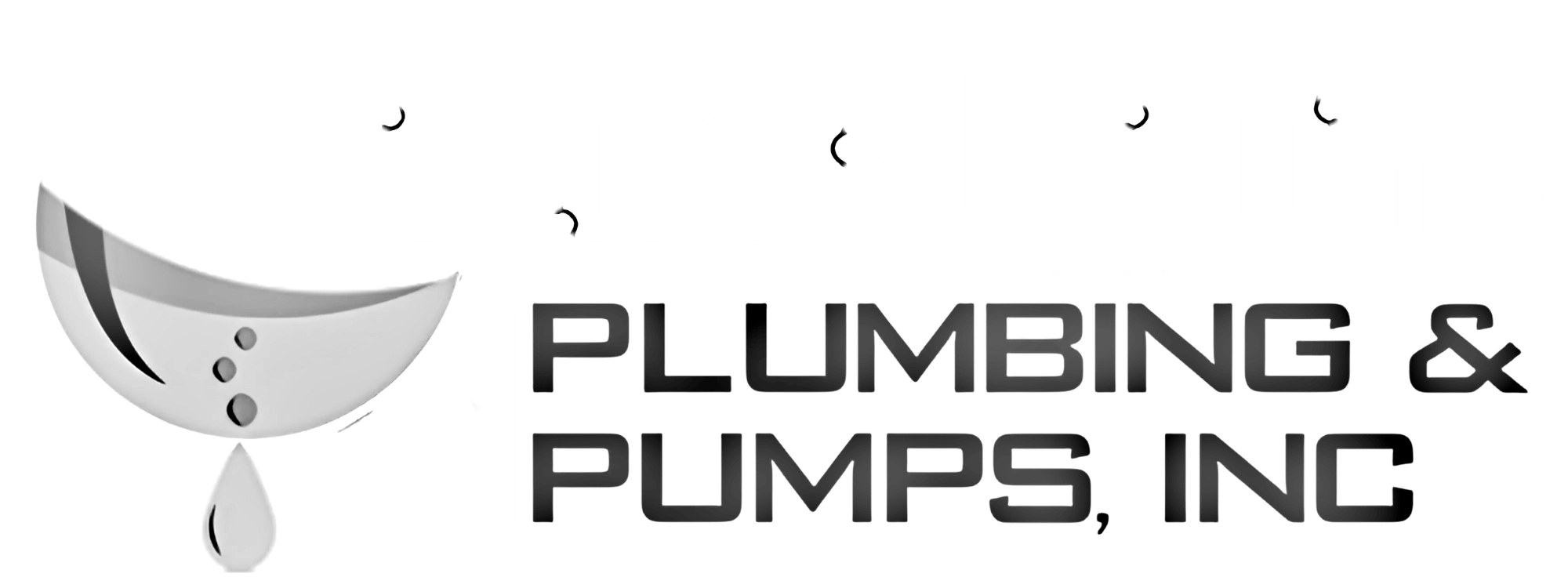A quality check on your well water sample came back tagged “unsafe.” Now what? That is a certain “red flag” but not the end of the world. Most “bad” samples are because there are coliform bacteria in the water. Coliform itself is not good and it is an indicator of more serious contamination to your Cross Plains WI or surrounding area water well. Your drinking water can be at risk for a number of reasons.
An annual well water test is the first place to start in protecting your water supply. That sounds logical, but a recent survey showed that only 10% to 16% of private well owners regularly test their water for any contaminates. Most say they “get a test if they notice something amiss.” Of course you get a test when there’s a change in water color, smell or taste. But by the time symptoms show up contaminates are already there.
When was the last time you had your well water tested? It’s a small price to pay to keep your family safe and healthy, right? High-quality drinking water should be a high priority. There’s a Wisconsin Plan to help. Check it out for details. The state sets regulations on well construction, record-keeping and maintenance but there are no rules requiring testing or a well water sample. Keeping the water safe is up to you – don’t take it for granted.
Why A Well Water Sample Comes Back ‘Bad’
Samples taken at random from water sources with no obvious signs of contamination occasionally come back as “bad.” How can that be? There are two obvious reasons: 1. Contaminates have gotten into your water; or 2. the test has come up with a false result. Bad reports are often the result of bad testing procedures – especially when homeowners take the process as a do-it-yourself challenge. Among the possible reasons for incorrect findings are:
- Taking the sample for testing with dirty hands – time to go CSI and wear gloves or at least wash your hands with antibacterial soap.
- Using a dirty sample bottle – not just any ol’ bottle will do. Even setting the bottle cap on a dirty surface is a risk; tests for bacteria are very sensitive.
- Testing from a dirty faucet – sampling water from a dirty or leaking tap.
- Using a faucet with plastic parts – plastic is a great host for bacteria so avoid it. That’s more and more difficult as modern faucets include plastic valves inside the units.
- Sampling from faucet with aerator – bacteria can get trapped in the mesh and get into water from an outside source.
You might think that because outdoor faucets are usually all metal and unfiltered they are a better choice, right? Maybe not. Outdoors, contaminants literally crawl into a tap – bugs are not clean! Are there scary-looking bugs called earwigs in your yard? They are one of the worst contaminators of private wells. They get into the system and bring with them bacteria and will play havoc with your well water sample.

Water test professionals make it really clear (they will shout at you if they can) you must NEVER, NEVER take a water sample from a garden hose. Enclosed and left in the hot sun the inside of hose is an ideal breeding ground for bacteria of all kinds.
Private Well Systems Are Complex
There are a lot of moving parts within the system providing clean drinking water to your family. There are potential entry points for contamination all along the way – including pumps, pipes, fittings and tanks. If you receive an “unsafe” review, check everything, including these possibilities:
- A bad pressure tank
- The underground pressure tank has a pinhole leak
- The bladder or diaphragm on the pressure tank leaks
- Broken or leaking lateral lines
- A bad weld in a line
- A cracked well casing
- The well casing is too close to the ground – a mower can blast debris into the system is the casing isn’t at least a foot above the ground
- A broken well cap – cracks allow insects, dirt and debris into the well
- The well cap is missing – how often have you seen an old pail or can used to replace a missing cap? Maybe you’ve done it, too?
- A faulty backflow preventer – or none at all
- Frayed electrical connections contribute to a great environment for bacteria growth
Prep For A New Well Water Sample
Getting an unsafe rating on your water sample is like getting a failing grade on a math test. It can be made up. Your system needs a good cleaning, shocking and chlorination on a regular basis. Routine maintenance is your chore, but don’t hesitate to tap professional resources in the area. The peace of mind knowing your drinking water is safe is worth the extra effort, right?
For a detailed explanation of why water well sampling is important to your family health, review the U.S. Environmental Protection Agency’s (EPA) guidelines and resources.
There’s a lot more to an accurate well water sample than you think. But it is worth the effort. You have two ways to get it done: take samples of your drinking water and send them off for testing on your own, or rely on professionals like the staff of Sauk Plains Plumbing.
If you get a “bad report card” for your water, our licensed, certified plumbers are ready to step in and correct your situation. Call Sauk Plains Plumbing at 608-798-2121. We’ll complete professional, accurate tests and make any repairs your need. We’re on call to collect a well water sample from your Cross Plains WI, Verona, Waunakee or Middleton WI home.
DNR clean water brochure



